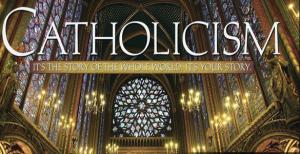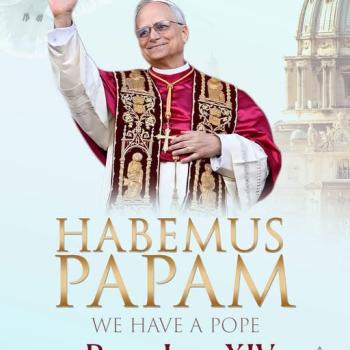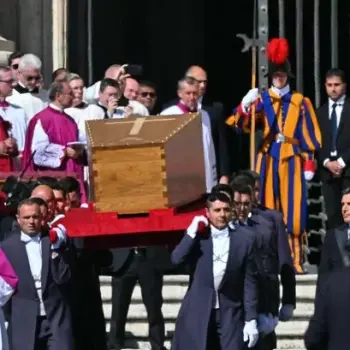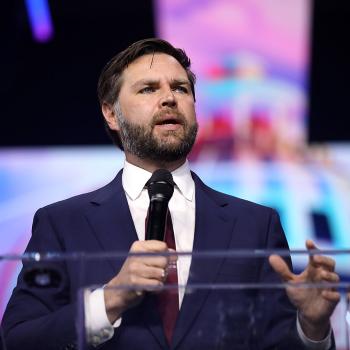
A Time Of Despair?
Going on social media can be a dismal time for Catholics. Whether it is TikTok or FaceBook or some other site, non-Catholics, especially, gleefully announce the demise of Christianity as a whole or Catholicism in particular. Social media experts announce that belief in God is waning in the U. S. (down to 81 % from 95% fifteen years ago). They also parrot the view, unfortunately true, that U. S. Catholics are not coming to Mass. Perhaps 75% of Catholics do not attend Mass weekly or even three times a month. That indeed sounds dismal.
Not So Fast–A Time of Good News As Well
But here’s the good news. Catholicism is stronger than one country’s religious problems. Though we are going to have to solve the U. S. Catholic’s rejection of the Eucharist and difficulties in belief, Catholics can be heartened that in other parts of the world, Catholicism is very strong. Most everyone forgets how large this religion is. That’s why it is good now and then to take a look at where Catholics are across the globe. It will also help us predict the future for the Catholic faith.
Some Facts For Optimism
To begin with, there were 291 million Catholics in the world in 1910. Today, there are 1.34 billion. That is phenomenal growth. Catholics have always had a high birth rate, but the missionary efforts into Africa and Asia in the past century have yielded millions of converts multiplying to hundreds of millions of Catholics in these developing areas. Catholicism in the past century has been primarily Euro and American-centered. That is changing fast.
The top ten Catholic countries in population as of 2019 are as follows:
- Brazil – 123,360,000
- Mexico – 100,000,000
- Philippines – 85,470,000
- United States – 69,300,000
- Italy – 50,474,000
- France – 39,000,000
- Colombia – 35,000,000
- Poland – 33,037,017
- Spain – 30,720,000
- Argentina – 28,770,000
- Congo (Dem. Republic) – 28,700,000
That still looks Euro-American centric but that would be misleading. For instance, the Pew Research Center says the following: “rapid growth has occurred in sub-Saharan Africa, which today is home to about 171 million Catholics (16%), up from an estimated 1 million (less than 1%) in 1910. There also has been rapid growth in the vast Asia-Pacific region, where 131 million Catholics (12%) now live, up from 14 million (5%) a century ago.” This is phenomenal growth, and it is worth mentioning that these young churches are vibrant, alive, dogmatically faithful and a true inspiration for the dying Catholicism in Europe and the troubled faith in the U. S.
So, if we look globally, we can see that Catholicism is broken up into these sections: (at the end of 2019), 48.1% of the world’s Catholics were living in the Americas, followed by Europe with 21.2%, Africa with 18.7%, about 11% in Asia (all figures for Asia exclude China) and 0.8 percent in Oceania. Basically, 31% of Catholics live in developing countries. This has great consequences for Catholicism in the future, all of them positive.
Thoughts For The Future
First, despite the decline of Catholicism in the west, the vibrancy of the faith in developing nations will spill over to the older Catholic countries. It will be a reverse conversion in a way. Second, Catholicism grew by 16 million members worldwide last year. It is not going anywhere. Third, we should expect a pope from Africa or Asia in the near future. That will bring a new perspective on the faith and help Catholics see themselves as a universal religion and not simply a nationalistic one.
However, Catholics in the west cannot simply give up. To be truly touched by the invigorating Catholic faith of Africa and the east, we have to do our best to re-enliven the Catholic faith in our own dioceses and parishes. That will keep us open to the Spirit’s movement in other areas of Catholicism. Fraught with danger and setbacks, this time that Catholics live in represents a new beginning for the Church. It is most alive when it responds to the world around it, and it is most dead when it retrenches behind its walls, refusing to dialog with secularism. It remains to be seen how it will all turn out, but I put my faith in the Christ who said he would be with us always until the end of the age.













